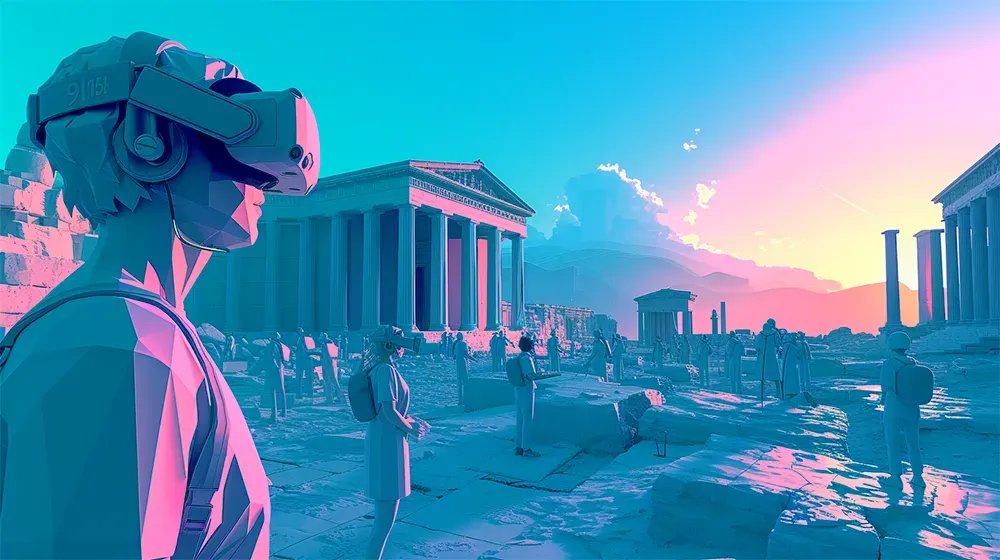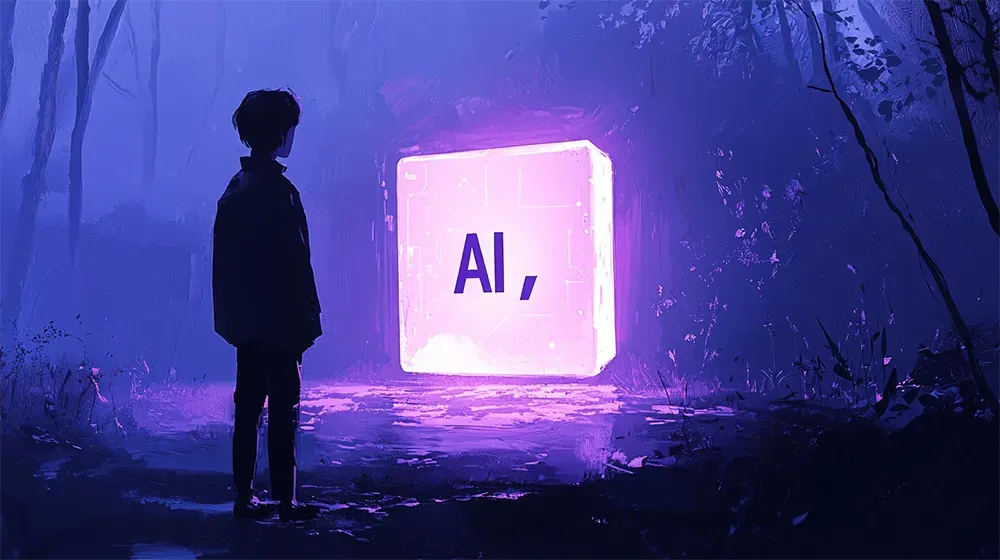Reviving the Senses: The Digital Leap into Immersive Learning

In an era where screens often replace the human touch, immersive learning can be the antidote to the sensory vacuum in digital education, transcending the flat landscapes of traditional e-learning.
Immersive technologies like virtual reality (VR), augmented reality (AR), and AI-driven avatars are at the forefront, crafting experiences that rival the dynamism of real-world learning.
This transformation goes back to the days when knowledge was a multi-sensory journey, deeply intertwined with emotion, sight, sound, and interaction. Today’s immersive tools are rekindling this ancient wisdom, offering educational adventures that span from the surface of Mars to the depths of ancient civilizations.
Institutions like Stanford and Harvard, alongside companies like Mursion, are pioneering these digital realms, where AI assistants and life-like avatars enhance engagement, empathy, and retention.
Yet, as we stand on the brink of revolutionizing education, challenges such as accessibility and privacy persist. Can immersive learning truly become the gold standard in education, or will it remain an elite novelty? The future of immersive learning hangs in the balance, promising unparalleled educational depth if we can navigate its complexities.
Read the full article on Rapport.Cloud.
----
💡 We're entering a world where intelligence is synthetic, reality is augmented, and the rules are being rewritten in front of our eyes.
Staying up-to-date in a fast-changing world is vital. That is why I have launched Futurwise; a personalized AI platform that transforms information chaos into strategic clarity. With one click, users can bookmark and summarize any article, report, or video in seconds, tailored to their tone, interests, and language. Visit Futurwise.com to get started for free!






